What Is The Impact Of Lead Response Time
In the fast-paced world of sales, lead response time can make all the difference between closing a deal and losing a potential customer.
Understanding lead response times is crucial and can impact your sales significantly.
We will explore the connection between lead response time and conversion rates, factors that affect response time, and provide valuable insights on how to calculate, improve, and optimise lead response times for maximum success.
Contents
What Are Lead Response Times?
Lead response times refer to the duration it takes for a company’s representative to respond to a potential customer’s enquiry or lead.
Swift lead response times are crucial in today’s fast-paced business environment, where customers expect prompt and personalised service. Factors influencing these response times can vary, including the complexity of the enquiry, the availability of the sales team, and the efficiency of the internal communication systems.
Tracking lead response times can be efficiently managed through sales CRMs, which provide insights into response rates, follow-up actions, and overall customer engagement levels. Ensuring a quick response time not only leads to higher customer satisfaction but also increases the likelihood of conversion as prospects appreciate the attentiveness and professionalism of the company’s representatives.
Why Are Lead Response Times Important?
Lead response times are critical because they directly influence the quality of the lead, which can significantly impact conversion rates and overall business success.
When leads express interest in a product or service, they expect a prompt response. Responding to queries or interest is an important stage of lead generation.
Fast lead response times not only enhance customer satisfaction but also demonstrate a level of professionalism and attentiveness that can set a business apart from its competitors. In today’s fast-paced digital world, where consumers have plenty of options at their fingertips, a delayed response can result in lost opportunities and decreased trust in the brand.
By promptly engaging with leads, a company can not only increase the likelihood of conversion but also build stronger relationships with potential customers.
Wondering what to respond? You can use our guide on responding to leads for templates.
How to Calculate Lead Response Times?
Calculating lead response times involves using a specific lead response formula that takes into account various analytics and response tracking metrics.
One common formula for calculating lead response time is to divide the total time taken to respond to a lead by the total number of leads received.
By utilising analytics and response tracking tools, businesses can efficiently measure their lead response times and identify areas for improvement.
Industry benchmarks indicate that the average lead response time for successful companies is around 5 minutes, highlighting the importance of quick and effective responses to lead enquiries.
FatRank are now offering risk-free lead generation that requires no money. You only pay on conversion, a rare model for inbound marketing and outbound lead generation. Click here to find out more.
Getting Risk-Free Leads
Most agencies require you to put money upfront with no guarantee of converting leads. Here at FatRank, we work on a pay-on-conversion where clients only pay when a lead turns into a customer.
Pay-on-conversion is a rare model and completely eliminates risk. Guaranteed ROI means you are only paying once you make a sale.
Get both outbound marketing and inbound lead generation.
FatRank is known for the following types of leads:
- Exclusive Leads: Leads specifically tailored for your business that are relevant and high quality leads.
- Real-time Leads: Real-time leads that allow you the chance to get the prospects in real-time with the chance to react fast.
The Impact of Lead Response Time on Sales
The impact of lead response time on sales is profound, affecting not only conversion rates but also the overall customer experience and long-term business success.
How Does a Slow Lead Response Time Affect Sales?
A slow lead response time can severely affect sales by reducing conversion rates and negatively impacting lead engagement and overall customer experience.
In today’s fast-paced digital world, where attention spans are short and competition is fierce, prompt engagement with leads is crucial for businesses to stay ahead.
When leads are left waiting for a response, they may turn to competitors who are quicker to address their needs, resulting in missed opportunities for conversion. This delay can not only lead to decreased sales but also damage the reputation of the business, as customers expect timely and efficient communication. Maintaining a positive customer experience requires businesses to prioritize swift response times, ensuring that leads feel valued and attended to.
The Connection Between Lead Response Time and Conversion Rates
There is a strong connection between lead response time and conversion rates, as shorter lead processing times are often correlated with higher conversion rates according to industry benchmarks.
Studies have shown that companies responding to leads within the first hour are more likely to qualify those leads compared to those with longer response times. In fact, research indicates that the odds of converting a lead decrease significantly with every passing minute beyond the first hour.
In a study conducted by InsideSales.com, it was found that companies that called leads within 5 minutes were 100 times more likely to reach the lead and 21 times more likely to qualify them compared to those who waited half an hour. This highlights the critical importance of prompt lead response in maximising conversion rates.
The Effect of Lead Response Time on Customer Satisfaction
Lead response time greatly affects customer satisfaction by shaping customer expectations and the quality of lead engagement.
When customer enquiries are swiftly addressed, it demonstrates responsiveness and a commitment to meeting their needs promptly.
Customers value efficiency and are more likely to have a positive perception of a business that values their time. This can result in higher levels of customer satisfaction and loyalty.
By promptly addressing leads, businesses can set a positive tone for future interactions, laying a strong foundation for building relationships and trust.
Factors That Affect Lead Response Time
Several factors influence lead response time, including the size of the sales team, the availability of contact information, the use of automation tools, and the efficiency of communication and collaboration.
Size of Sales Team
The size of the sales team plays a critical role in lead response optimisation and the overall representative response time.
Having a larger team may seem beneficial for faster response times due to more hands on deck. It can lead to inefficiencies and inconsistencies if the team is not properly managed. On the other hand, a smaller team might struggle with a high volume of leads, resulting in delayed responses. Striking the right balance is key – ensuring that the team is adequately sized to handle incoming leads efficiently without overburdening individual representatives. Utilising advanced technologies like lead routing algorithms and automated responses can also help streamline the process and maximise the team’s productivity.
Availability of Contact Information
The availability of accurate contact information is essential for effective lead qualification and prompt lead engagement.
Having complete and accurate contact details ensures that businesses can efficiently categorise and prioritise leads based on their specific needs and preferences, enabling them to tailor their responses accordingly. Consistent and reliable contact information also facilitates seamless communication between the sales team and potential customers, leading to faster and more personalised interactions. Accurate contact information plays a crucial role in maintaining the overall quality and credibility of the leads acquired, enhancing the overall effectiveness of the sales process.
Automation and Technology
Leveraging automation and AI technology can significantly enhance lead response times by streamlining processes and ensuring timely follow-ups.
Boost your lead sales by using tools that can help you respond faster and by using real-time leads.
One key way in which automation tools can improve lead response times is by instantly prompting sales representatives to follow up with leads based on predefined criteria, such as lead score or engagement level. AI technology enables businesses to personalise communication with leads, making the interactions more relevant and increasing the chances of conversion. By automating repetitive tasks like sending out initial emails or setting reminders for follow-ups, teams can focus their energy on engaging with leads in a more meaningful way. This not only boosts efficiency but also results in higher lead conversion rates and overall sales performance.
Communication and Collaboration
Effective communication and collaboration within the sales team, facilitated by tools like Slack, are vital for optimising lead response times.
When team members are able to effectively communicate and collaborate, it streamlines the lead response process, ensuring that potential customers receive prompt and personalised attention. Utilising tools such as Zoom for virtual meetings, Trello for task management, and Google Drive for document sharing can further enhance this seamless interaction. By leveraging these technologies, sales teams can work efficiently, stay organised, and provide a unified front to address customer inquiries swiftly.
How to Improve Lead Response Time
Improving lead response time involves a combination of effective sales strategies, the use of advanced automation tools, and ongoing training for the sales team.
Use Automation Tools
Implementing automation tools, such as chatbots, can significantly contribute to lead response optimisation by ensuring immediate engagement with potential customers.
One of the significant benefits of using automation tools like chatbots is their ability to handle multiple customer inquiries simultaneously, without any delays or downtime. This feature ensures that no lead goes unattended, leading to a higher conversion rate and customer satisfaction.
Automation tools provide personalised responses based on preset algorithms and detailed customer data analysis, creating a tailored interaction that is likely to resonate with prospects. This personalised touch can build trust and credibility with potential customers, ultimately leading to increased sales and revenue for businesses.
Implement a Lead Response Plan
Implementing a structured lead response plan with a defined sales cadence is crucial for maintaining consistent lead engagement.
Regarding scheduling, it’s essential to set clear response timeframes to ensure leads are promptly attended to. Prioritisation plays a significant role in focusing on high-quality leads first, increasing the chances of conversion. Follow-up strategies are vital for nurturing leads through continued communication and building relationships. A well-thought-out sales cadence guides the frequency and types of outreach based on lead behaviour, helping to strike the right balance between persistence and personalisation.
Train the Sales Team on Efficient Communication.
Training the sales team on efficient communication techniques and integrating live sales support can vastly improve lead response times.
Effective communication is the lifeblood of successful sales interactions. By providing the sales team with tools to enhance their communication skills, such as active listening, empathy, and clear articulation, they can better understand customer needs and respond promptly. In addition, integrating live sales support can offer real-time assistance to sales reps, helping them address customer queries without delay. This not only boosts customer satisfaction but also increases conversion rates, ultimately driving revenue growth for the business.
Regularly Review and Analyse Response Time Data
Regularly reviewing and analysing response time data using analytics and KPIs is essential for continuous improvement.
This process allows businesses to gain valuable insights into the efficiency of their systems and identify potential bottlenecks or areas that require optimisation. By tracking key performance indicators such as average response time, peak response times, and distribution of response times, organizations can pinpoint trends and patterns that may impact customer satisfaction.
Analysing this data helps establish benchmarks to measure performance against and sets the stage for actionable improvements.
Utilising analytics tools provides a comprehensive view of the entire customer experience journey, enabling companies to make data-driven decisions. It also aids in predicting potential issues before they arise, allowing for proactive problem-solving and enhancing overall operational efficiency.
Frequently Asked Questions
What is the impact of lead response time?
The impact of lead response time refers to the effect that the time it takes for a business to respond to a lead can have on their overall success and conversion rates. This time period includes the time it takes for a lead to submit their contact information and for a business to follow up with them.
How does lead response time impact customer satisfaction?
Lead response time can also impact customer satisfaction. A prompt response to a lead’s inquiry can make them feel valued and increase their trust in a business.
On the other hand, a slow or non-existent response can lead to frustration and dissatisfaction with the business. This can ultimately lead to lost customers and a negative impact on the business’s reputation.
Related Posts
- 10 Ways to Generate Sales Leads Without Cold Calling

- Accountants Lead Generation

- Addiction Rehab Treatment Lead Generation
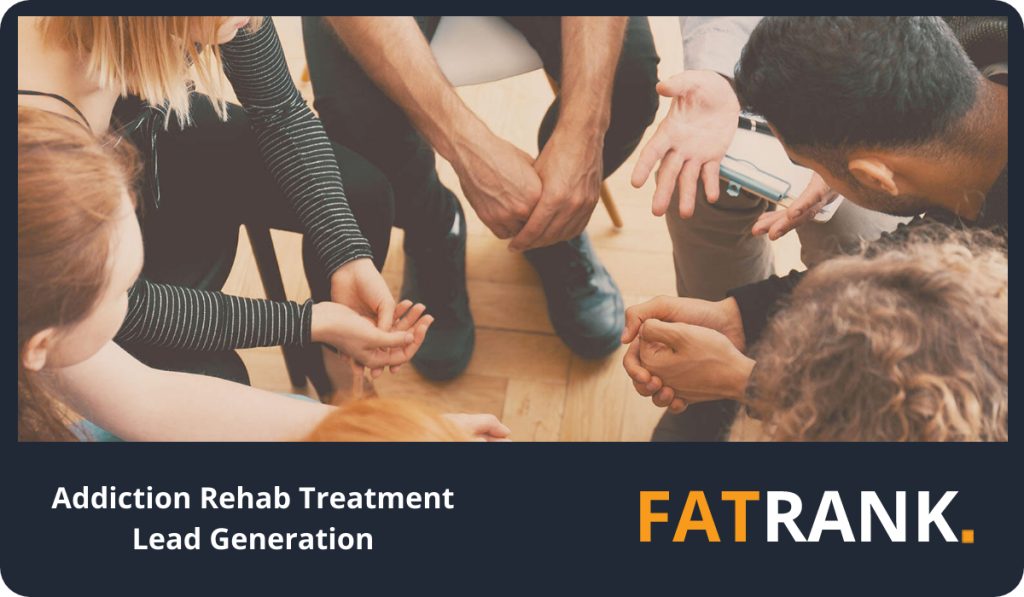
- Annuity Lead Generation

- Architects Lead Generation

- Attorney Lead Generation

- B2B vs B2C Lead Generation

- Bark.com Review

- Boiler Lead Generation

- Building Lead Generation

- Carpet Cleaning Lead Generation

- Checkatrade Review

- Chiropractic Lead Generation

- Cleaning Lead Generation

- Concrete Lead Generation

- Conservatory Lead Generation

- Credit Repair Lead Generation

- Cyber Security Lead Generation

- Damp Proofing Lead Generation
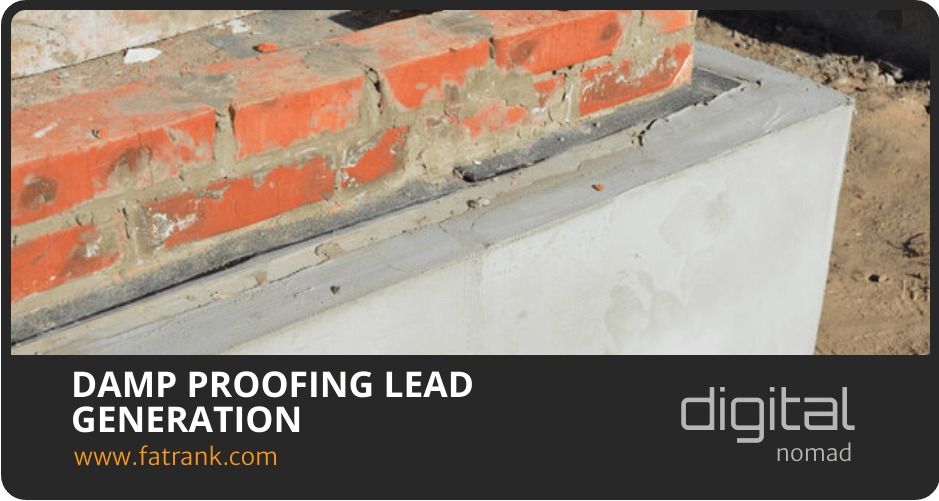
- Debt Lead Generation

- Decorator Lead Generation

- Dentist Lead Generation

- Digital Marketing Strategies for Lead Generation

- Double Glazing Lead Generation

- Driveway Lead Generation

- Electrician Lead Generation
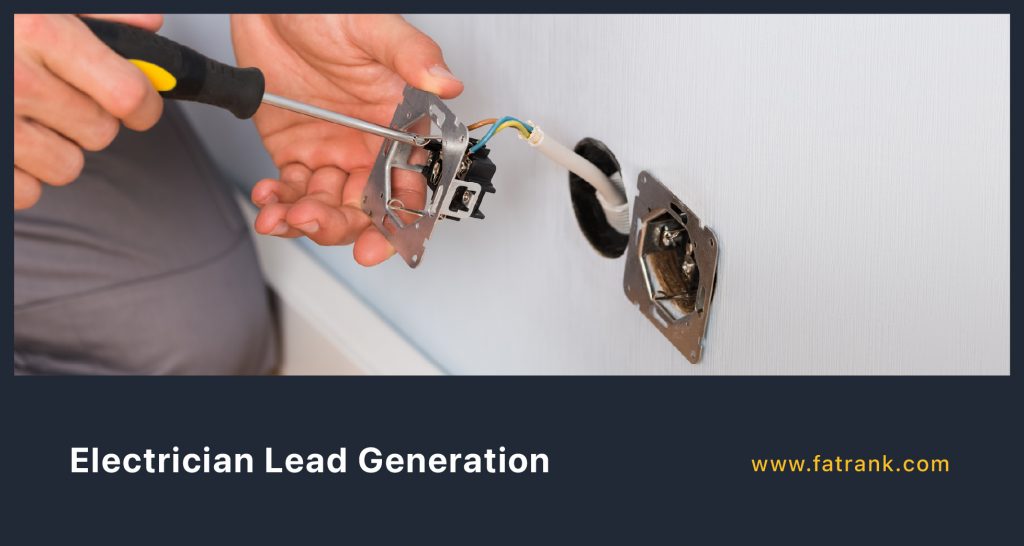
- Equity Release Lead Generation

- Excavation Contractor Lead Generation

- Fencing Lead Generation

- Financial Advisor Lead Generation

- Fintech Lead Generation: 5 Strategies for Fintech Companies

- Garage Door Lead Generation

- Heat Pump Lead Generation

- Heating Lead Generation

- Home Improvement Lead Generation

- How to Choose the Right Lead Generation Client

- How to Generate More Leads

- HVAC Lead Generation

- Importance Of Exclusive Leads

- Importance Of Leads That Convert Into Profit

- In-Market Lead Generation vs Out-Of-Market Demand Generation
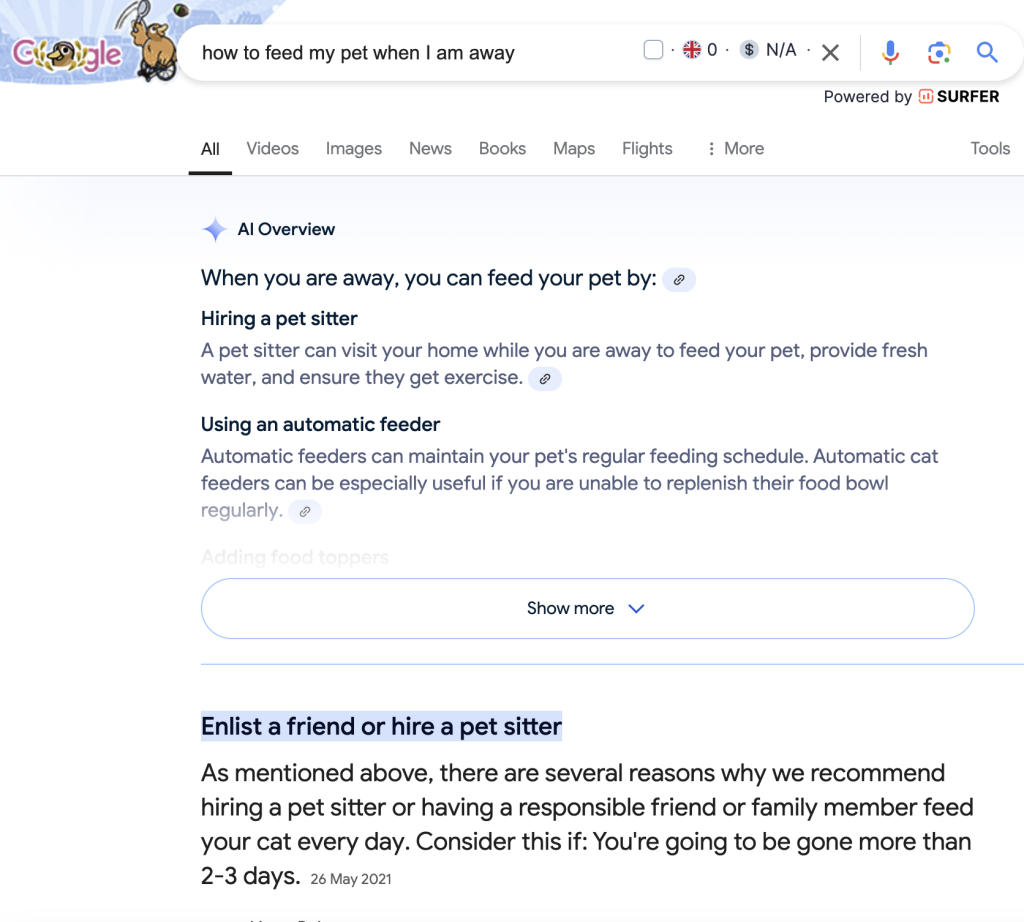
- Inbound Lead Generation Agency

- Insulation Lead Generation for Cavity Wall or Loft Insulations

- Is Lead Generation Worth it?

- Is Yellow Pages Business Advertising Value For Money?

- IT Services Lead Generation

- Joiner Lead Generation

- Landscaping Lead Generation

- Lawyers Lead Generation

- Lead Generation for Recruitment Agencies

- Lead Generation Quotes to Inspire You
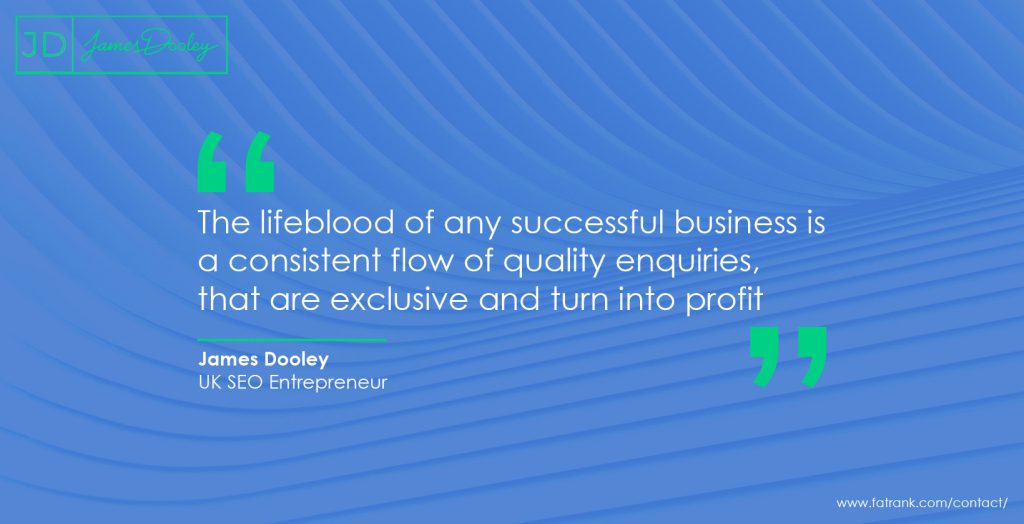
- Lead Generation Testimonials

- Lead Nurturing Strategies

- Lead Simplify Review

- Leads First: Everything Flows Downstream After Lead Generation
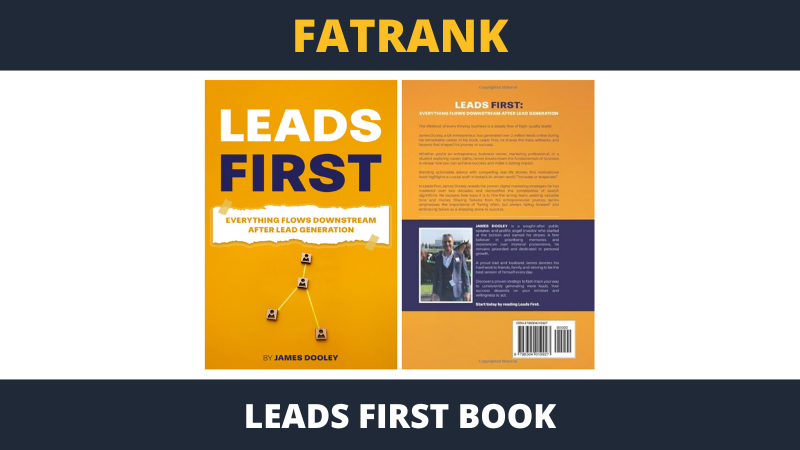
- Life Insurance Lead Generation
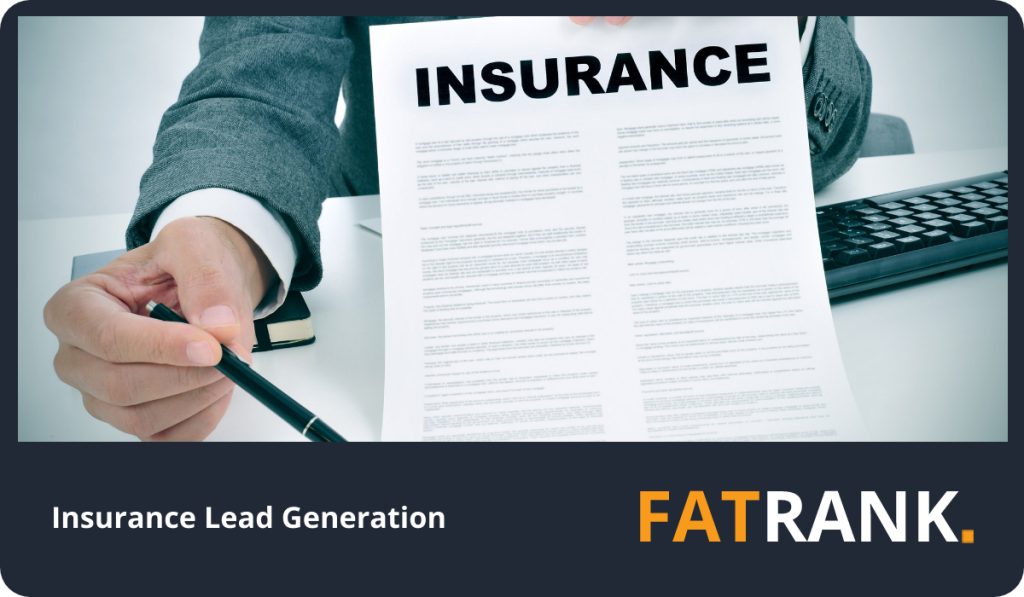
- Loans Lead Generation

- Locksmith Lead Generation

- Loft Conversion Lead Generation

- Mortgage Lead Generation

- Mould Remediation Lead Generation

- My Builder Review

- Outbound Lead Generation Agency

- Outsourced b2b Lead Generation

- Painting Contractor Lead Generation

- Pay Per Lead Generation

- Personal Trainer Lead Generation

- Pest Control Lead Generation

- Photographer Lead Generation

- Plastering Lead Generation

- Plastic Surgery Lead Generation

- Plumbing Lead Generation
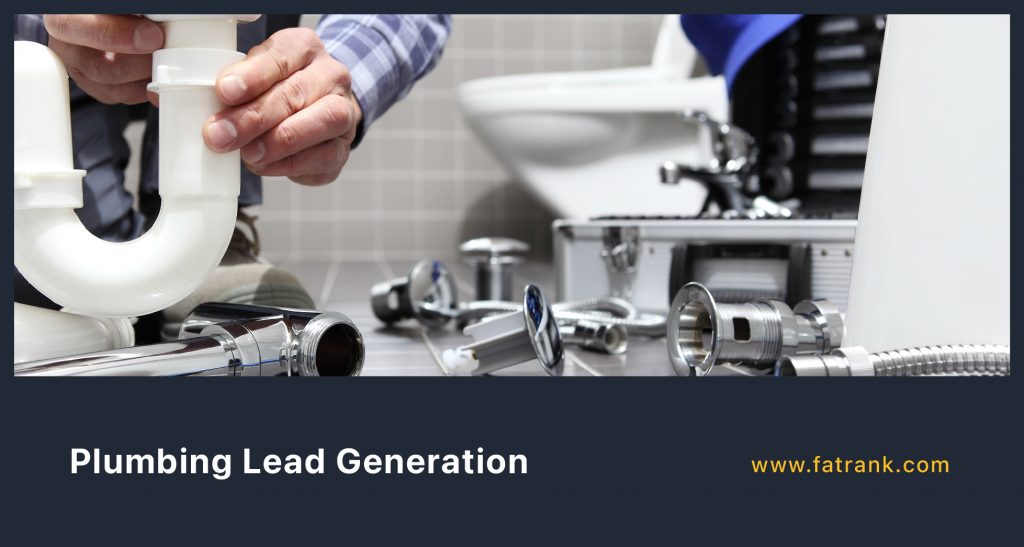
- PPC Lead Generation
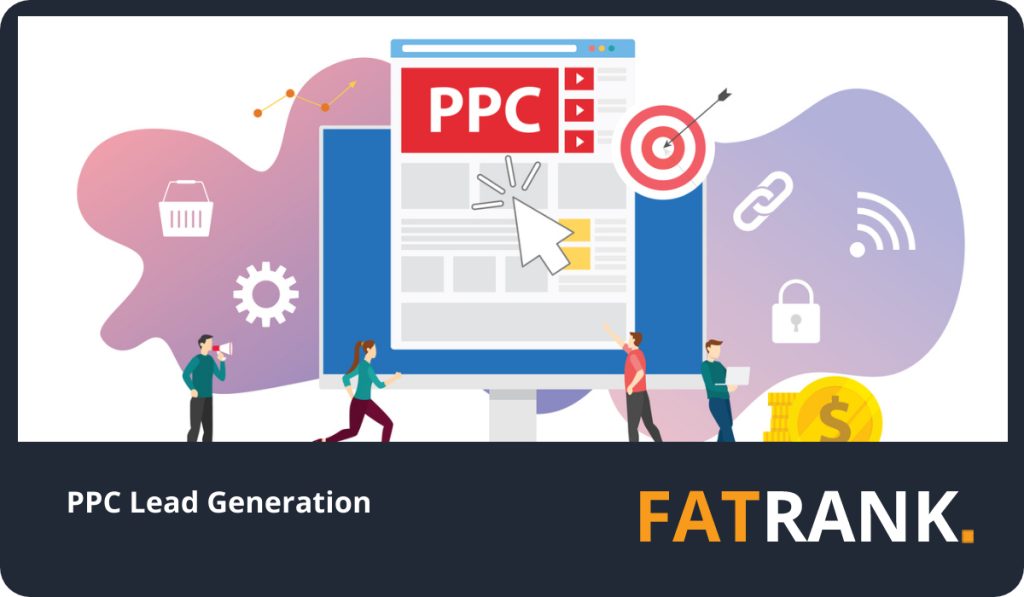
- Pressure Washing Lead Generation
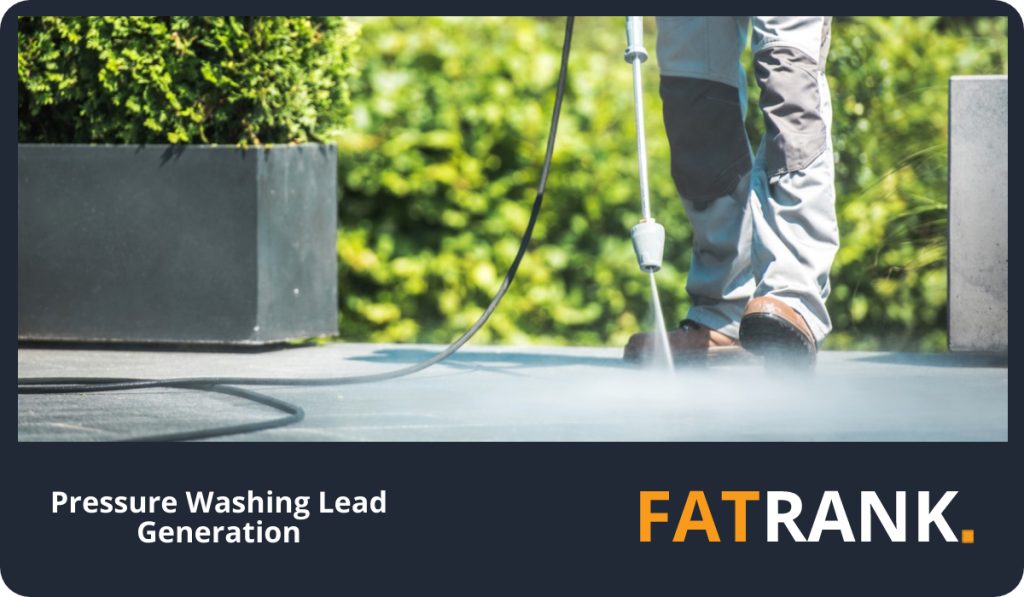
- Qualified Investor Leads: How to Get High Quality Leads

- Questions You Should Ask Lead Generation Companies

- Real Estate Lead Generation

- Reasons to Decline Lead Generation Requests

- Recruitment Lead Generation

- Rendering Lead Generation

- Responding to Leads
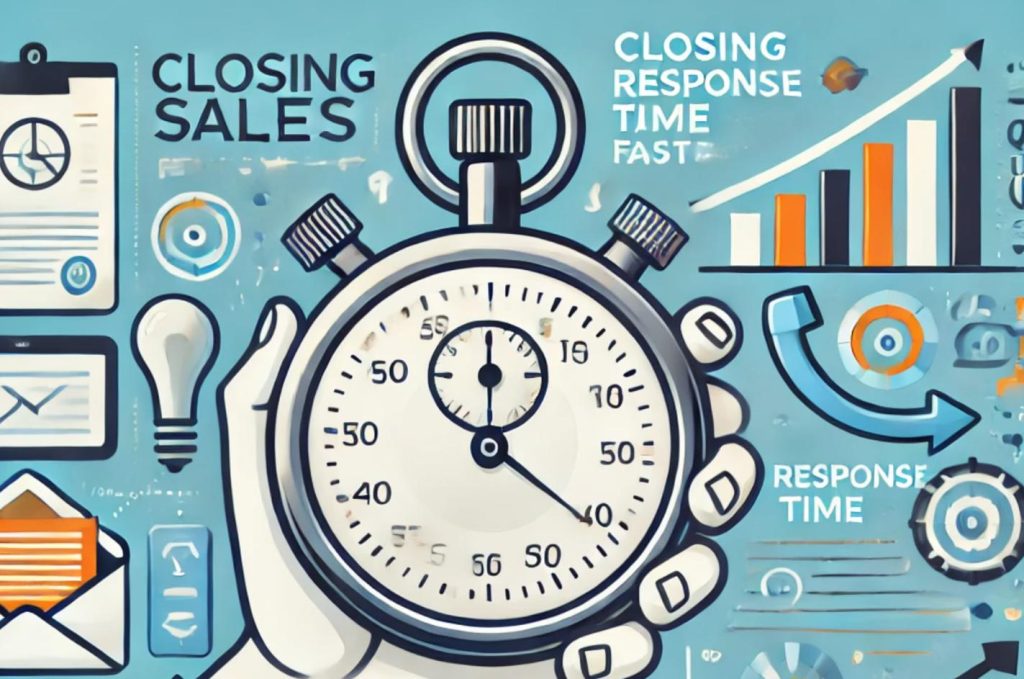
- Roofing Lead Generation

- SaaS Lead Generation

- Scaffolding Lead Generation
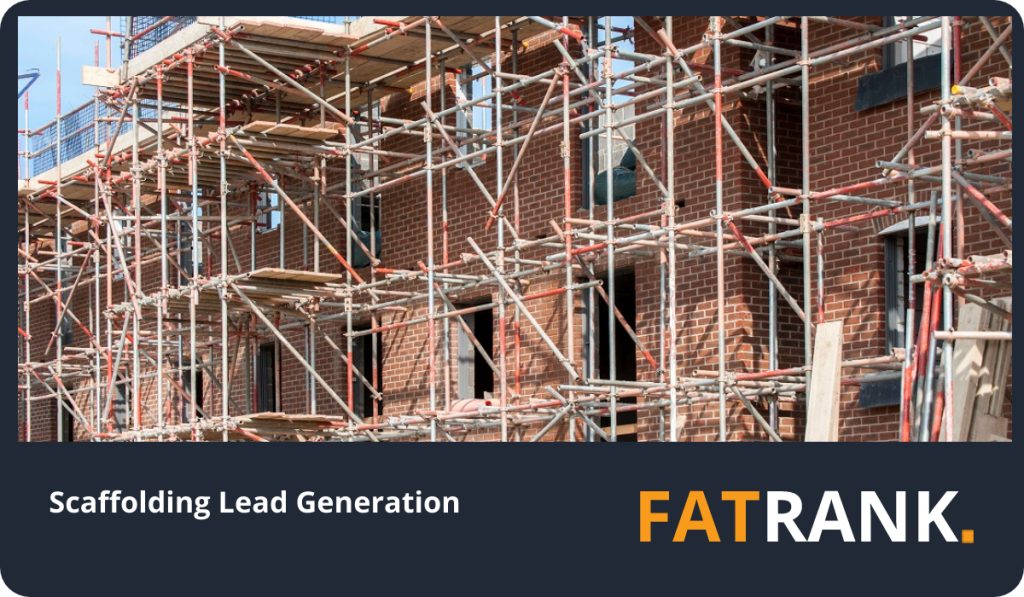
- SEO Lead Generation

- Solar Panel Lead Generation

- Stairlift lead generation

- Suspended Ceiling Lead Generation

- Tradesman Websites
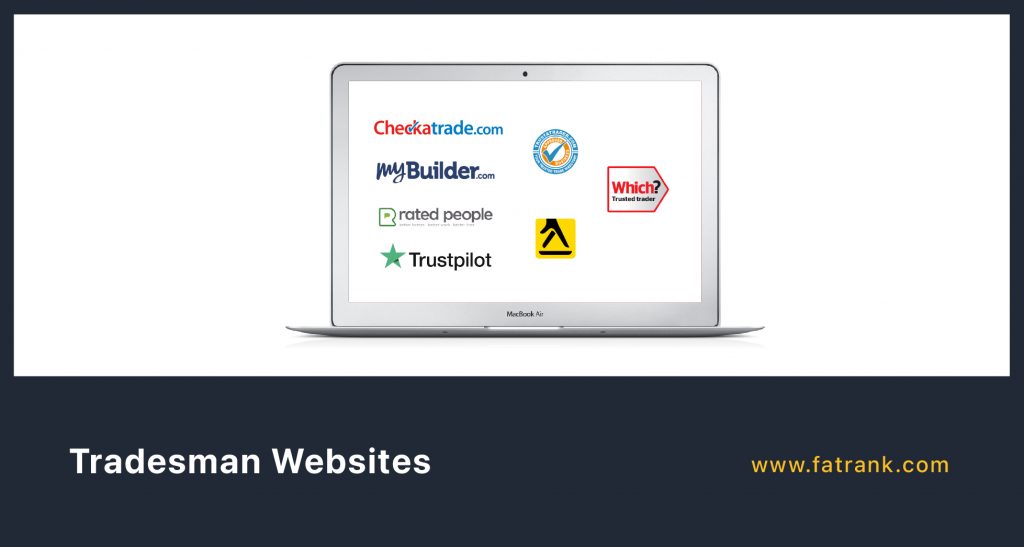
- Tree Service Lead Generation
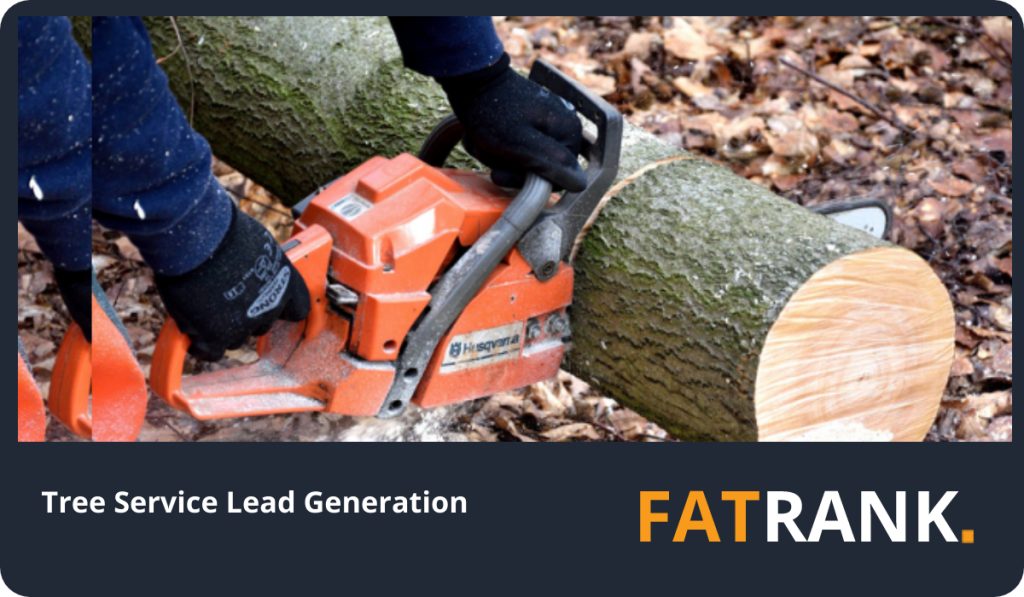
- TrustATrader Review

- Twitter Ads Lead Generation | Buy Twitter Advertising Leads

- Videographer Lead Generation

- Virtual Assistant Lead Generation

- Water Damage Lead Generation
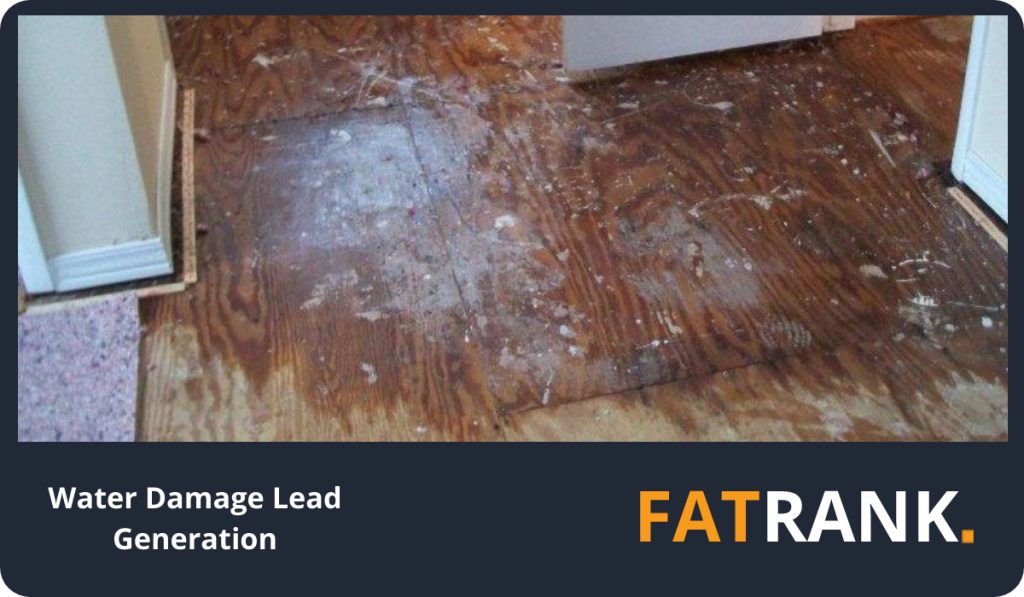
- Web Design Lead Generation

- What is a Lead

- What Is Lead Management

- What Is The Impact Of Lead Response Time

- What Is The Importance Of Lead Quality

- Why is Lead Attribution Important?

- Why Real-Time Leads Could Boost Your Sales

- Zero Risk Lead Generation Service


About FatRank
Our aim to explain and educate from a basic level to an advanced on SEO and Social Media Marketing.
